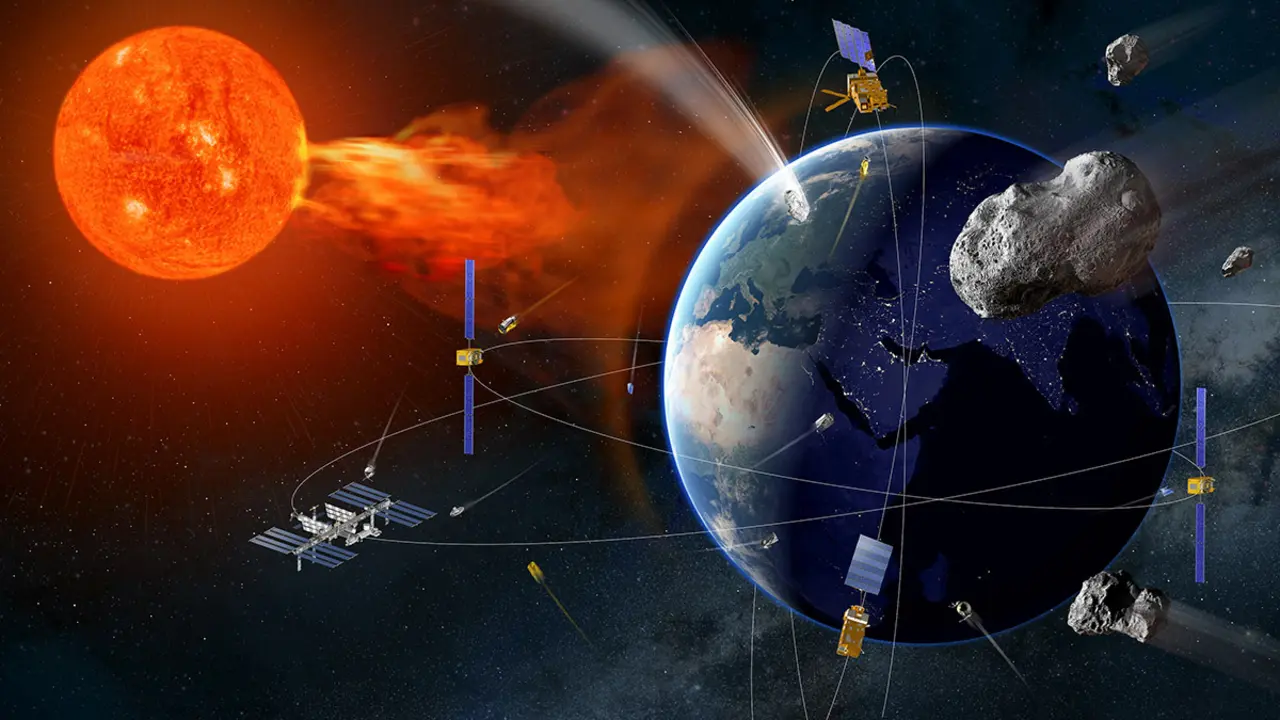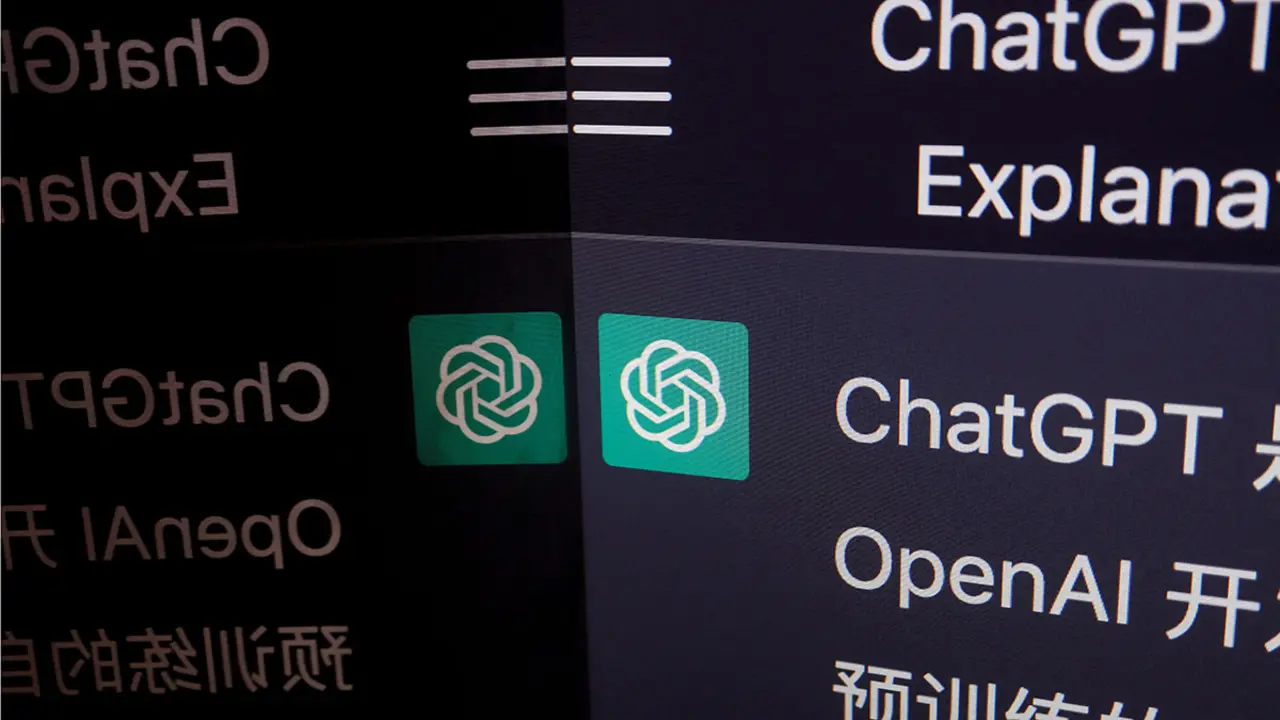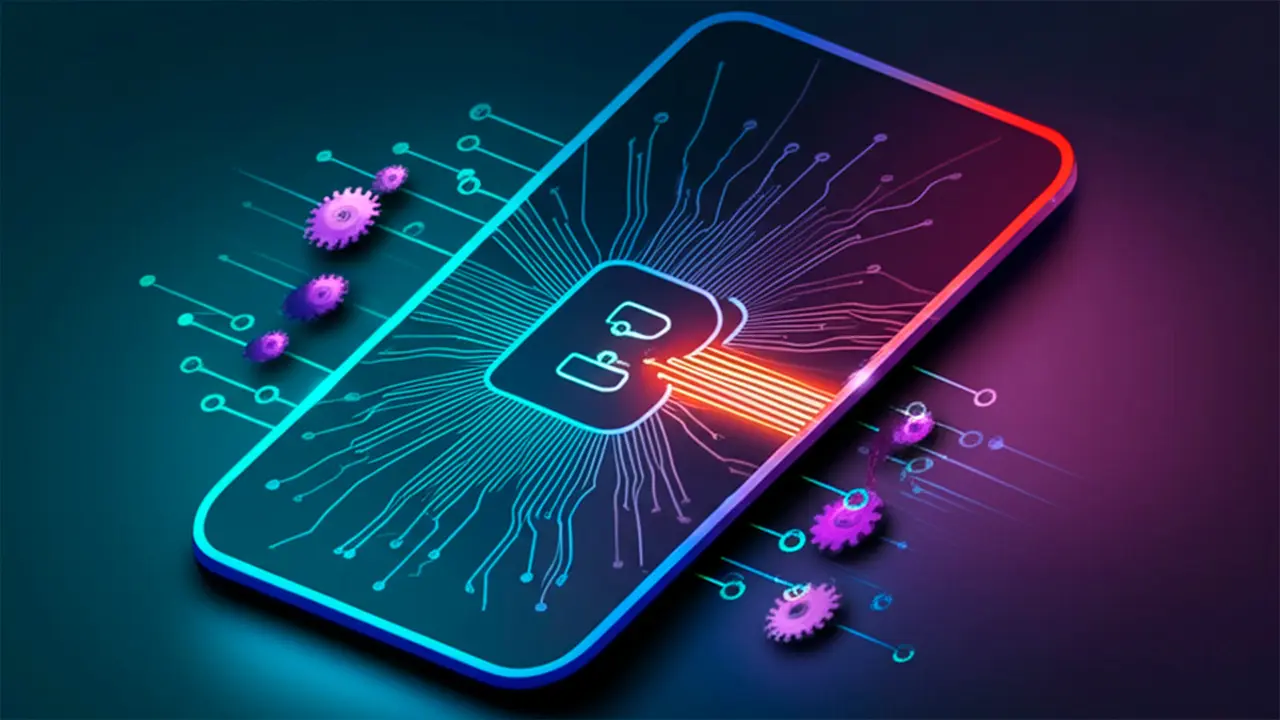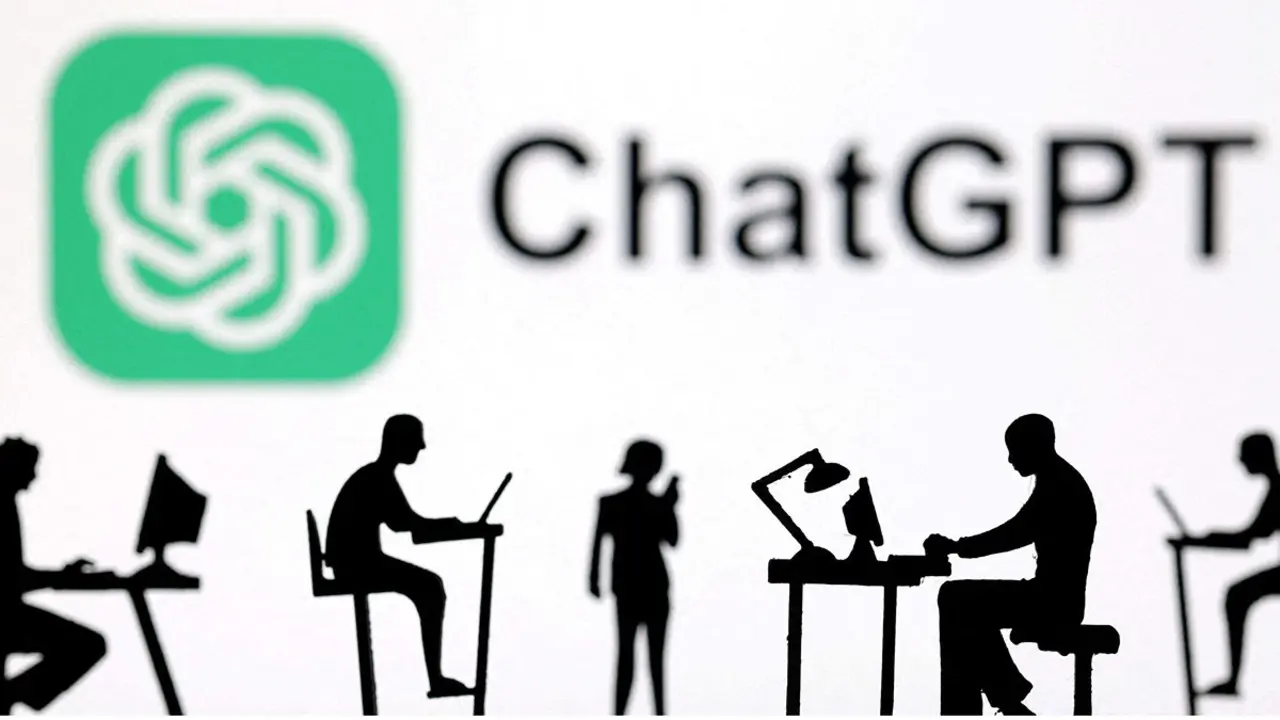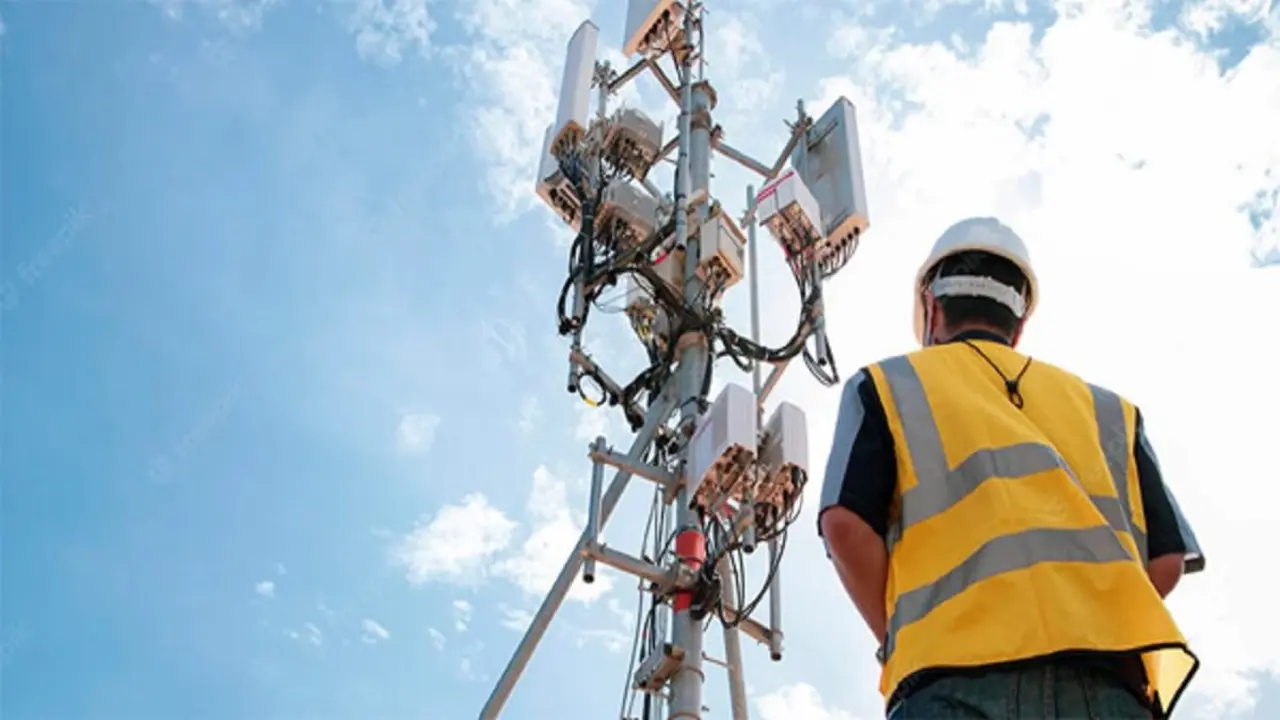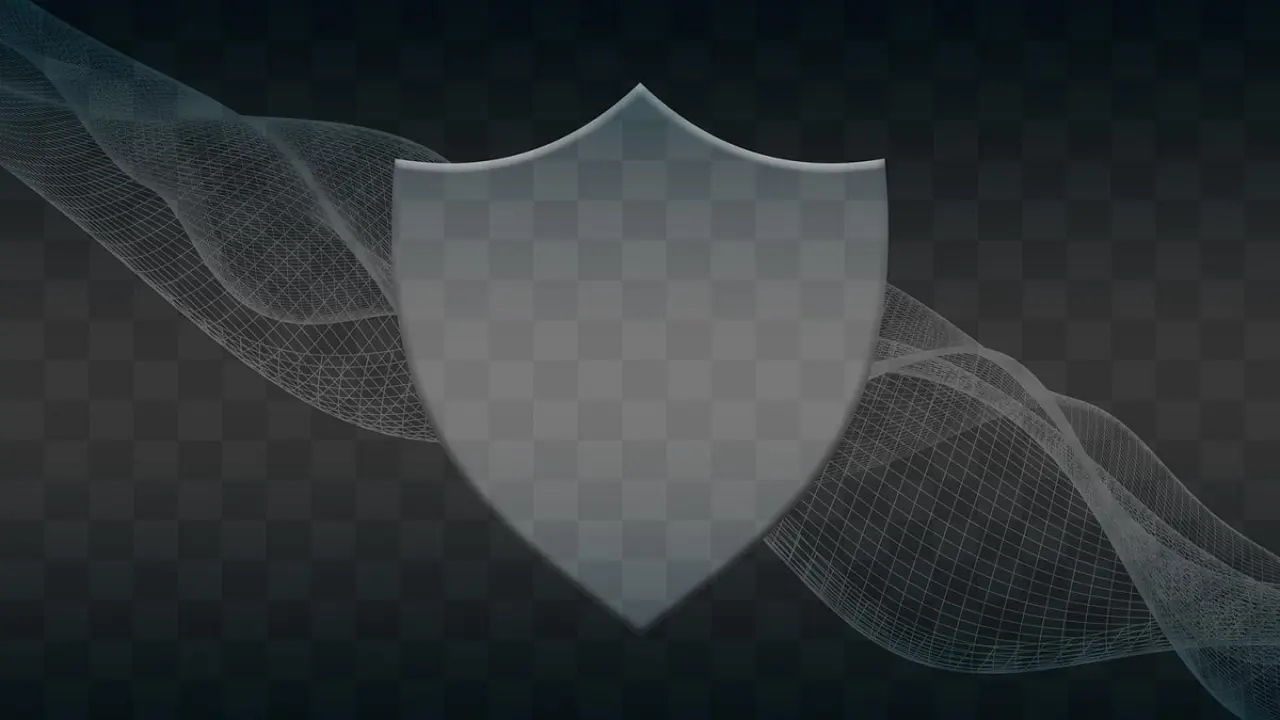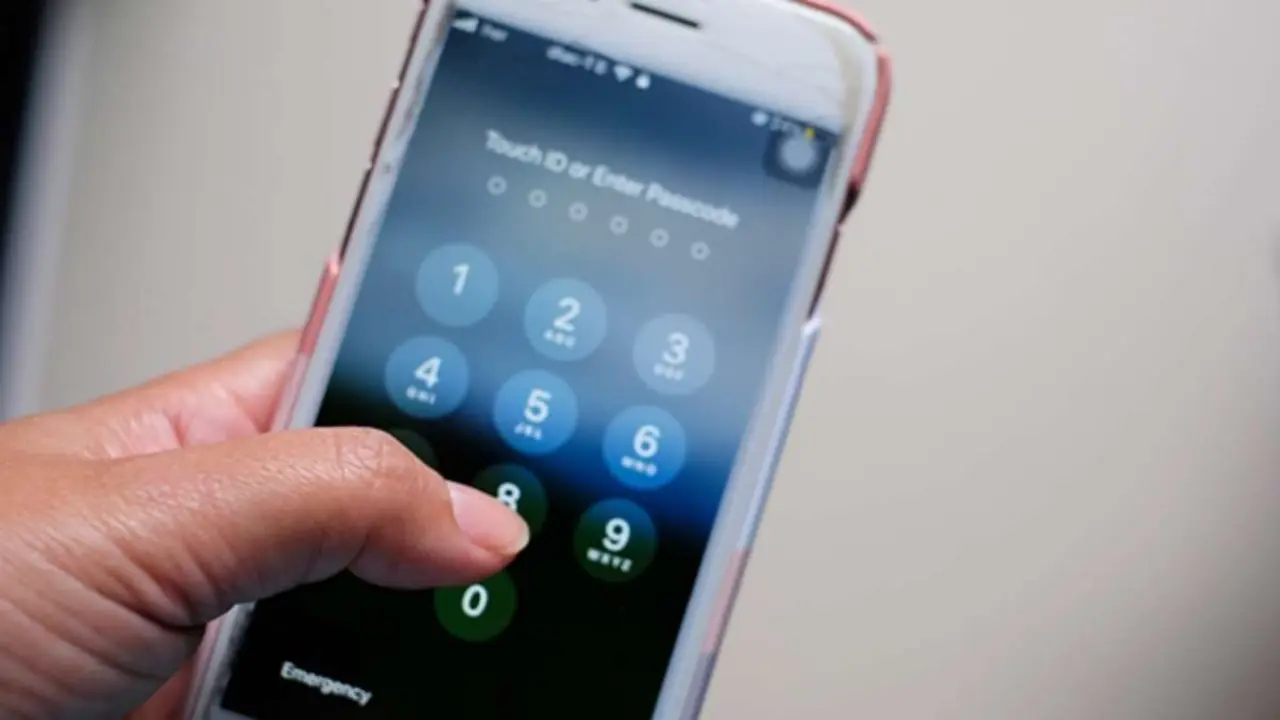A Spanish nanosatellite designed by 4th year secondary school students, a pioneering project, sponsored by Israel

"Today is a happy day for our school and our teaching", said the director of the IES Las Musas school, José Antonio Expósito, at the presentation of a pioneering project that has been christened "The muses and the stars".
This project has the collaboration of the Embassy of Israel in Spain and its main objective is that 25 students of 4th of Secondary School design, build and launch into space a nanosatellite for environmental research. This is a pioneering educational project, as it is unique in Europe, with the characteristic of involving secondary school students who have not yet reached university.

In this way, it seeks to stimulate interest in science and technology from an early age. "We want to attract children to science and research," emphasised the director of the institute during his speech. More than ever, this year has demonstrated the importance of science and research, in an unprecedented race for vaccines. In fact, the Minister of Education herself, Isabel Celaá, stressed during the presentation of this project that "those societies that invest in education are more prosperous".
The Embassy of Israel in Spain has been responsible for choosing this public high school in Madrid to carry out two of the projects developed in Israel aimed at promoting STEM (science, technology, engineering and mathematics) education in space issues among students in educational centres. These are the 'SpaceXyouth' and 'She Space' projects, which were launched in this school year (2020-2021) at the IES under the name 'The Muses and the Stars'.

In addition, both projects are also aimed at promoting science and technology among girls, thus advancing gender equality. The Israeli Embassy explains that the gap between the number of women and the number of men in some of the technological professions is large, and is something that can be seen as early as secondary school in the low proportion of girls who pursue technological studies. So this project seeks, in the words of the school's own director, "to attract girls, from an early age, to science and technology".
These 25 16-year-old students have not been alone throughout this incredible project, but have had the help, of course, of their computer science teacher and head of studies, Víctor Barbero, but they have also received classes from two engineers of the stature of Ana Heller and Shimrit Maman. "The ultimate goal is the launch of the nanosatellite," explained the head of studies at the school, who laughed when he said that they were taking classes in orbital calculations. "We never imagined that we would be studying something like this, we feel privileged to have been chosen for this unique project".

The project will be developed over three years, and is currently in the first year of the initiative. According to one of the students, Sara Ejnayeh, who has been appointed executive director of the project, together with her colleague Rubén Gil, the aim is to launch the nanosatellite into space in the third year, which they have christened 'spYsat Urania'.
At the moment, these two Israeli projects, 'SpaceXyouth' and 'She Space' are being carried out in a single centre in Spain, though the Israeli Embassy has already contacted other autonomous communities in order to collaborate with other centres. Israel Ambassador Rodica Radian-Gordon herself pointed out that "we are also working with the Junta de Andalucía to collaborate with a school in Granada, as well as with the Basque Country to launch these projects in a centre in Bilbao".

In addition to introducing young people to the world of science, these projects seek to promote and strengthen Spanish-Israeli cooperation through education and the economy. In the first place, the aim is to establish new contacts between universities and research centres in both countries that will enable the development of joint research projects and the exchange of teachers, researchers and students. On the other hand, through this collaboration, the aim is to develop programmes dedicated to the scientific education of girls and to promote business cooperation between the two countries.
In addition to the school's teaching staff, the students and the Israeli Ambassador, Rodica Radian-Gordon, the presentation ceremony was attended by the German Ambassador, Wolfgang Dold, the Regional Minister of Education and Youth of the Community of Madrid, Enrique Ossorio, and the Minister of Education, Isabel Celaá. Both Spanish leaders congratulated the school on this great project. Likewise, the Regional Minister of Education of the Community of Madrid, Enrique Ossorio, wanted to emphasise that "Madrid is trying to bring technology to the classroom in a creative way".

For her part, the Minister of Education stressed that "Spain is one of the few countries where all of its educational centres have remained open, because we understand the importance of presence". She also stressed that "there is no progress or prosperity without knowledge; encouraging a passion for science and research, stimulating students' curiosity to discover the world in which we live, is part of education". It is important to convey from an early age that, in the words of Israeli doctor Ana Heller, "everyone is equally capable of challenging the stars".
The full video is available at this link.

